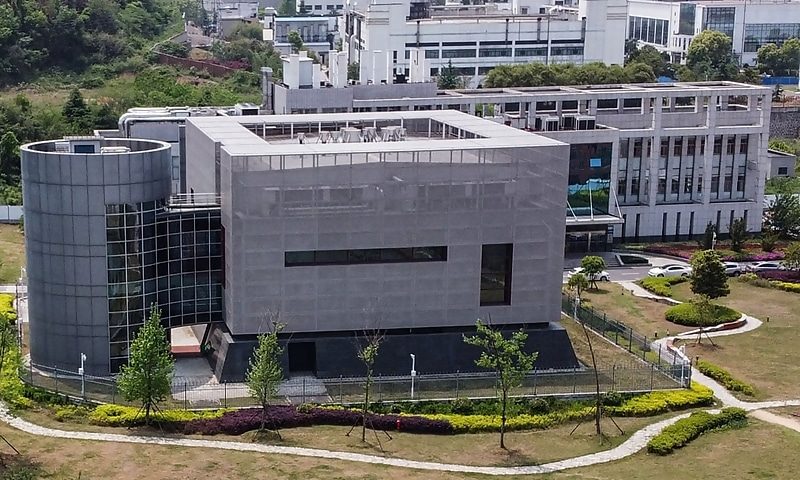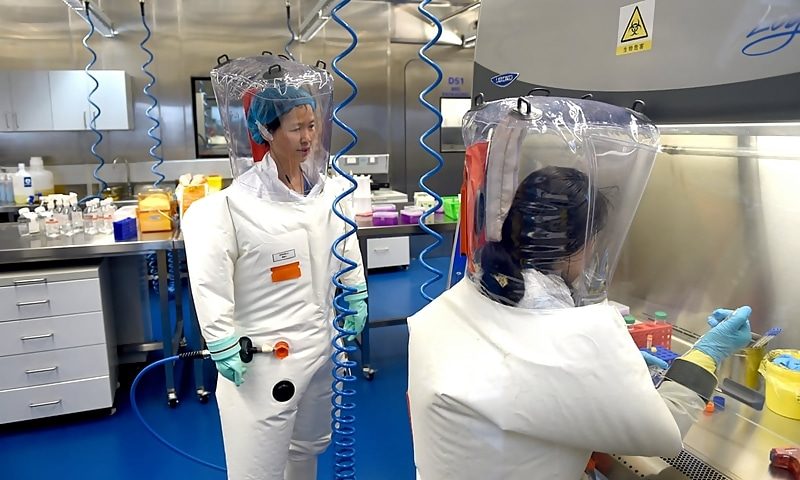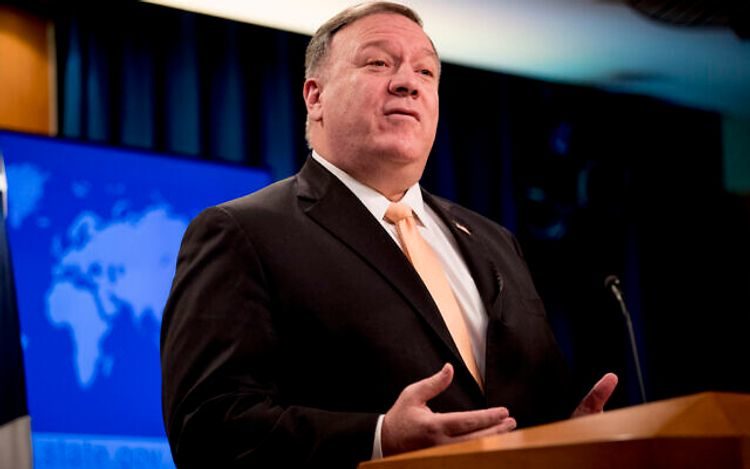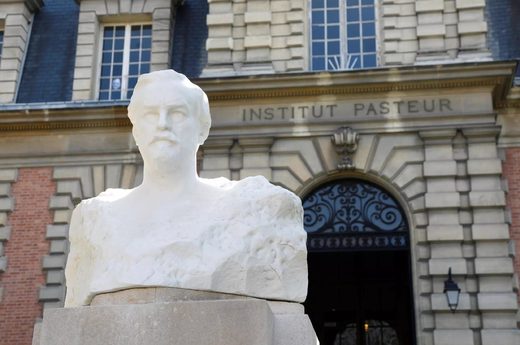
There is no current evidence to suggest that coronavirus leaked from a Chinese research laboratory, intelligence sources have told the Guardian, contradicting recent White House claims that there is growing proof this is how the pandemic began.
The sources also insisted that a "15-page dossier" highlighted by the Australian Daily Telegraph which accused China of a deadly cover up was not culled from intelligence from the Five Eyes network, an alliance between the UK, US, Australia, New Zealand and Canada.
British and other Five Eyes agencies do believe that Beijing has not necessarily been open about how coronavirus initially spread in Wuhan at the turn of the year. But they are nervous about getting involved in an escalating international situation.
On Sunday Mike Pompeo, the US secretary of state, said: "I can tell you that there is a significant amount of evidence that this came from that laboratory in Wuhan."
No evidence was offered by Pompeo to back up his assertion but information has been circulating over the last month in the UK, US and Australia aimed at raising questions about the high security Wuhan Institute of Virology, which has long specialised in researching coronaviruses in horseshoe bats.
Stories have suggested that workers in the lab may not have always used full protective equipment, and that in one instance a bat urinated on a researcher who did not subsequently become ill.
But there is nothing to indicate a leak from the lab could have caused the pandemic, sources say.
Claims are even made that the virus was genetically engineered in Wuhan, although there is both scientific and intelligence agency agreement that there is no evidence for this.
American scientists who have worked with the Wuhan Institute add its safety standards are comparable to Western equivalents - and the prevailing theory is that the virus was passed on to humans via one of the country's live animal markets.
Australia's Daily Telegraph - a Sydney tabloid owned by Rupert Murdoch - has been focusing on the Wuhan lab for several days, culminating in a weekend report which cited a 15-page dossier compiled, it said, by "concerned Western governments" amid an investigation by British and other members of the Five Eyes intelligence agencies.
Intelligence sources in Australia were quick to say they believed it was based on open source, public domain material. One told the Guardian they believed the information that appeared in the News Corp title was most likely to have originally come from the US:
"My instinct is that it was a tool for building a counter-narrative and applying pressure to China. So it's the intent behind it that's most important. So possibly open source leads with a classification slapped on it."Downing Street said that the UK did not comment on intelligence matters - although British sources also said they did not recognise the dossier as based on classified information provided by the country's spy agencies.
Downing Street said it would not comment on intelligence matters, but a No 10 spokesman said: "Clearly there are questions that need to be answered about the origin and spread of the virus, not least so we can ensure we are better prepared for future global pandemics."
Neil O'Brien, a Conservative MP and secretary of the China Research Group, said that Beijing could help fend off speculation with greater transparency: "If their government were less secretive and authoritarian they would cooperate more and so potentially put to bed wilder ideas about the origins of the virus."
Last week, the New York Times reported that White House officials, led by deputy national security adviser Matthew Pottinger, a former China reporter with the Wall Street Journal, pressed the US agencies to gather information that could support any lab theory.
A report in the Washington Post two weeks later highlighted a leak of US diplomatic cables from 2018, claiming that a site visit showed the WIV had insufficient appropriately trained technicians for the high security work.

Charles Parton, a former foreign office official and senior associate fellow at the Royal United Services Institute, said: "People pushing these sort of lines are doing everybody a disservice.
"It will inevitably prompt a Chinese reaction at a time when there is a need for a proper scientific understanding of its causes, and, in the longer term, to work together to stop pandemics happening again.''





Comment: The Five Eyes group seems to be engaged in a little back-handed truth-telling. While not admitting the virus likely was engineered at Fort Detrick and brought to Wuhan by soldiers from that base, they are still taking some heat off the Wuhan lab. What the deeper game is, is still unclear for now.